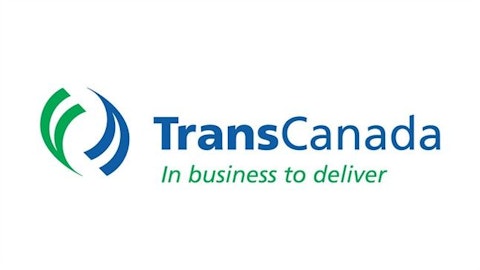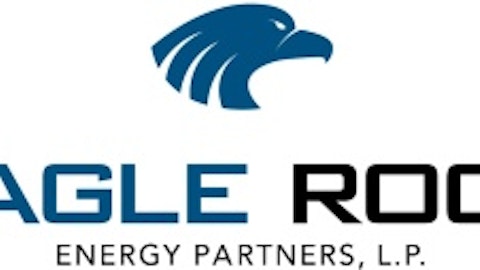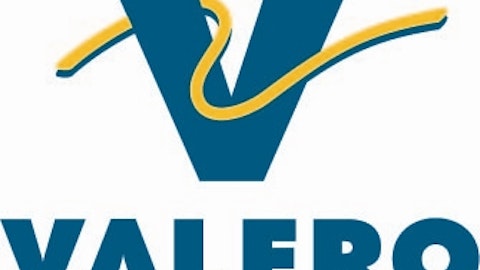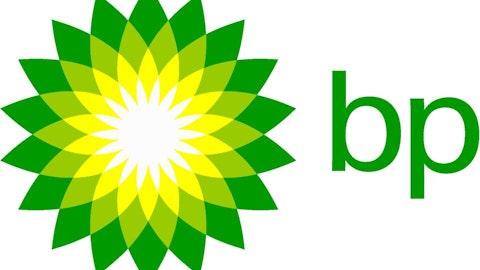Since 2008, BP plc (ADR) (NYSE:BP) has been working on a multi-billion-dollar modernization project at its Whiting refinery in Indiana, the company’s largest U.S. refinery. As the British oil giant moves closer to completing the last remaining upgrades at Whiting, let’s take a closer look at what effect its start-up may have on North American benchmark crude oil prices.
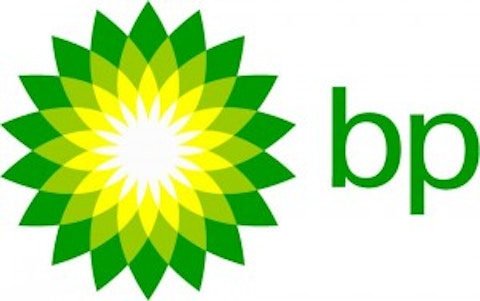
On July 1, BP plc (ADR) (NYSE:BP) announced the start-up of a new 250,000-barrel-per-day crude distillation unit, which returned the Whiting refinery to its nameplate processing capability of 413,000 barrels per day. In the second half of the year, BP plc (ADR) (NYSE:BP) said that it expects to install a new 105,00- barrel-per-day gasoil hydrotreater, a 102,000-barrel-per-day coker and other related units at the facility.
The Whiting modernization project is part of BP plc (ADR) (NYSE:BP)’s efforts to revamp its U.S. downstream operations, which have so far included upgrades at refining facilities in Cherry Point, Wash., and Toledo, Ohio, as well as a sale of its Carson, Calif., refinery and other assets to Tesoro Corporation (NYSE:TSO) for $2.4 billion last month. From Tesoro’s perspective, the transaction will help the company further integrate its West Coast refining, marketing, and logistics network.
The start-up of the new unit will allow Whiting to initially process light, sweet crude oil. But once the remaining upgrades of new coking and hydrotreating units are completed and all new equipment is fully operating, the refinery will also be able to increase its heavy sour crude processing capacity to roughly 80% of its overall crude run.
Whiting start-up’s impact
One of the most immediate impacts of the modernization project at Whiting is the return of about 250,000 barrels per day of light sweet crude processing capacity, or about a tenth of total Midwestern refining capacity, that had previously been off the market. This should offer some additional relief to the swollen inventories at Cushing, Okla., the nation’s main oil storage hub.
The Whiting modernization project is slated to be wrapped up by year’s end. It should help absorb heavy Canadian crude that would otherwise have been destined for Cushing, thereby providing additional support to WTI prices, which rose to their highest level in 16 months on Friday, as the WTI-Brent spread narrowed to under $1 a barrel, its lowest level since 2010.
One of the major reasons for this dramatic contraction in the WTI-Brent spread has been the decline in crude oil stockpiles at Cushing due to improved pipeline capacity. One of the most important projects in this respect is the Seaway pipeline, which ships crude from Cushing to Houston-area refineries. In January, the line’s joint operators, Enterprise Products Partners L.P. (NYSE:EPD) and Enbridge Inc (USA) (NYSE:ENB), boosted capacity along the Seaway system from 150,000 barrels per day to 280,000 barrels per day, which provided additional relief to the glut at Cushing.
